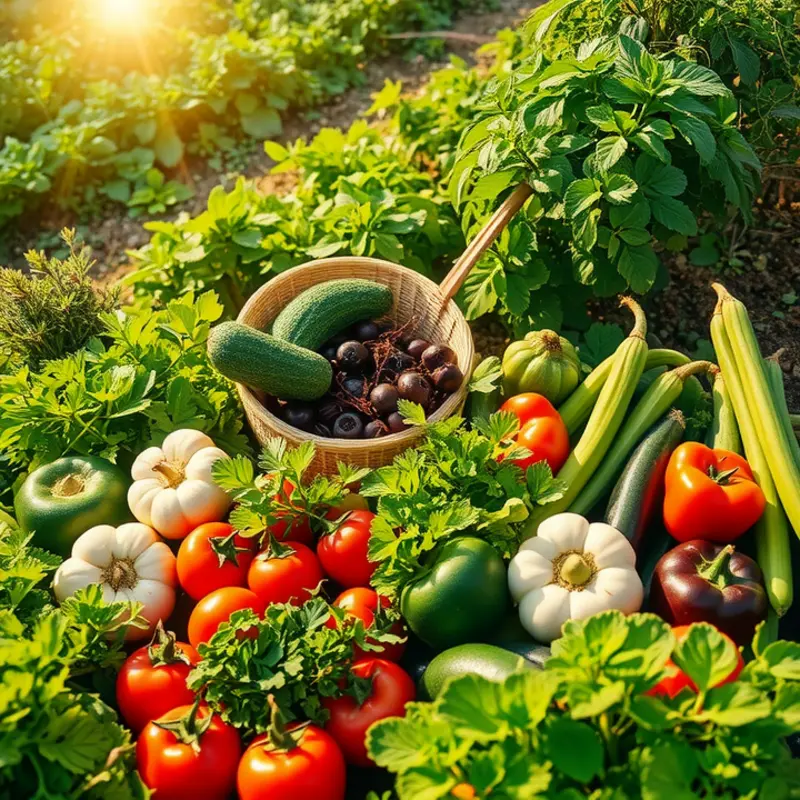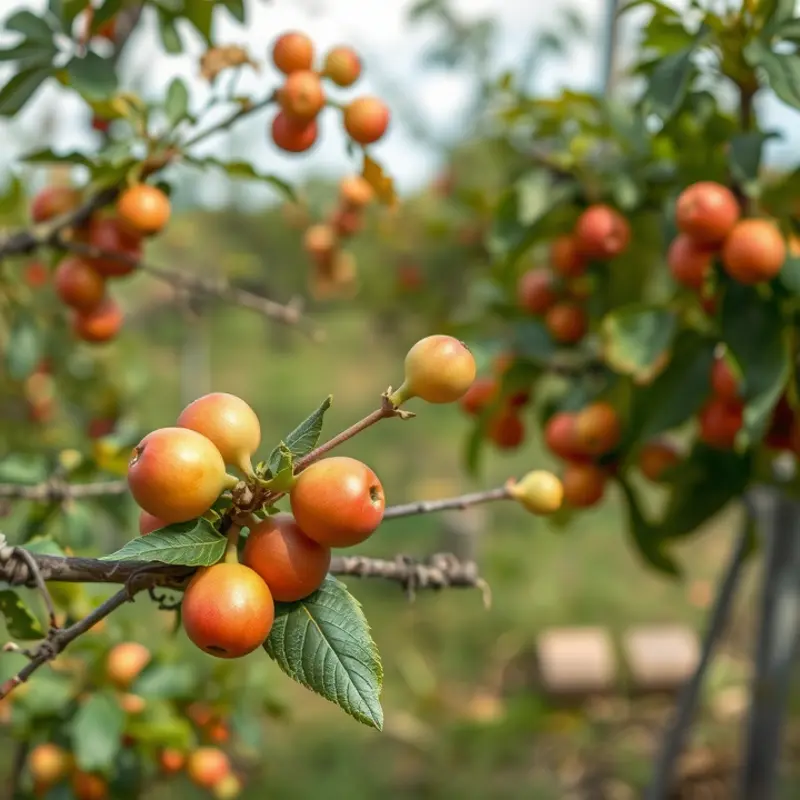Preparing lump-free gravies can elevate any meal, leaving your dishes with a velvety texture and rich flavor. Whether you’re making a simple turkey gravy or a savory mushroom sauce, mastering the technique ensures you’ll impress family and friends alike. With a few straightforward tips and tricks, you can avoid those pesky lumps and create sauces that are a feast for both the eyes and the palate. Let’s delve into proven methods that will help you achieve smooth gravies every time, regardless of your cooking experience.
The Foundation: Choosing Your Ingredients

Creating smooth, delectable gravies starts with a careful selection of ingredients. Consider the base of your sauce, as it greatly influences both the texture and flavor. Quality stocks or broths are the backbone of excellent gravies. Ensure they are clear and devoid of impurities to help avoid any unwanted textures or flavors.
Once the base is chosen, your attention should turn to the thickening agents—namely, flour and cornstarch. The method of incorporating these crucial elements functions as a pivotal step. Flour, a common choice, is best used in the form of a roux. This classic mix involves gently cooking flour and fat together. The cooking process not only removes the raw flour taste but also determines the final hue and depth of your gravy. The longer you cook, the darker and more intense the flavor becomes.
Alternatively, cornstarch, renowned for its ease of use and translucency, can be employed as a slurry. To create a slurry, mix cornstarch with a small amount of cold liquid until it’s completely dissolved. This is then added to your gravy near the end of cooking, allowing it to thicken without the risk of clumping. It’s crucial to remember not to boil sauces thickened with cornstarch for too long, as this can diminish their thickening power.
Understanding and maintaining the correct ratios of these ingredients is fundamental. Aim for roughly equal parts fat and flour for a roux, adjusting based on the gravy’s thickness you desire. With cornstarch, a typical ratio is one tablespoon of cornstarch per cup of liquid. Precision here is key to consistent results.
For those exploring creative alternatives, our guide to cooking without gums is a valuable resource. This can inspire variations that accommodate dietary needs or specific flavor profiles.
In summary, laying the foundation with carefully chosen ingredients and precise techniques sets the stage for a sauce that is both smooth and full of flavor. Develop a keen awareness of how each ingredient affects the final product, and adjust your methods accordingly to master the art of lump-free gravies.
Techniques for a Perfectly Smooth Gravy

Crafting the perfect gravy involves precision and patience to ensure lump-free, smooth results. The foundation of many gravies is a roux—a delightful combination of fat and flour that serves as a thickening agent. To begin, melt butter or oil over medium heat and gradually add flour, whisking continuously. This constant motion prevents the flour from gathering and forming unwanted clumps. Cook until the roux reaches a light golden hue; this is critical for building a robust flavor without the bitterness of a burnt roux.
If opting to add flour directly into your stock or liquid, proceed with care. Sprinkle flour lightly and steadily as you whisk vigorously. This immediate agitation is key to integrating the flour into the liquid smoothly, circumventing the clumping issue that’s all too common.
Cornstarch offers an alternative to flour, providing a translucent finish. It’s imperative, however, to remember that cornstarch must be dissolved in cold water before incorporation into any hot liquid. This simple slurry allows for seamless mixing, preventing the starch granules from clumping upon contact with the heat.
Once your thickening agent is in play, let the gravy simmer gently. Avoid rushing this step; a slower simmer enables the flavors to harmonize and thickens the sauce naturally. Patience here prevents the formation of a sauce that’s either too thin or overly thick.
Straining your gravy polishes the texture, eliminating any residual lumps or potential seasoning inconsistencies. Using a fine-mesh sieve will ensure the smoothest, most luxurious finish.
As your gravy quietly bubbles away, don’t shy away from periodically tasting and adjusting the seasoning. The subtle layers of flavor you build now will enhance the final dish significantly.
For those interested in more gravy tips, consider visiting this easy sauce simmering guide, which offers additional insights into maintaining the perfect texture while simmering sauces.
The journey to mastering gravy is as much about technique as it is about timing and control. By meticulously preparing and integrating each element with care, you can elevate your gravy from a side-note to a star feature on your dish.
Final words
Creating lump-free gravies is a skill that any home cook can master with a little patience and practice. By starting with quality ingredients and employing the right techniques, you can elevate your gravies from ordinary to extraordinary. Remember, it’s all about the method—whether it’s whisking properly or straining at the end. The satisfaction of pouring a smooth gravy over your dish is unmatched. With these practical tips, you’ll not only boost your confidence in the kitchen but also delight your family and friends with beautiful, flavorful sauces that enhance every meal. Enjoy experimenting and perfecting your gravies!







